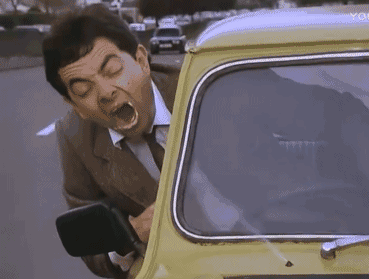

A captivating photograph of Albert Einstein, captured by Dr. Vaiid at the University of Jerusalem, showcasing the iconic genius in a moment of reflection.


Charles Augustus Hawley (1861–1929) was an American orthodontist renowned for developing the Hawley retainer, a key device in orthodontics. His innovative contributions have helped shape modern dental treatments and retainers used to maintain teeth alignment after braces..

The dental office in 1913 at University of Jeruselam
The Hindu custom of throwing baby teeth onto the roof and asking a sparrow to bring a new, strong tooth also exists in countries such as Greece, Macedonia, India, and China.

Unlike animals such as sharks that can grow new teeth to replace lost ones, humans can only naturally replace their teeth once. If we lose a permanent tooth, it won’t grow back. But we have dentures and dental implants to replace them, if necessary!



The first toothbrush was invented in 1498 by a Chinese dentist. The toothbrush was made of hog bristles and was very stiff. Today, toothbrushes are much more comfortable to use, thanks to the many technological advances.
The Baltimore College of Dental Surgery, established in 1840, was the first dental school in the world. This marked a significant milestone in the formal education and training of dental professionals, laying the foundation for the development of modern dental education programs.
Here’s a fun fact about Mr. Bean and his teeth: In one of the classic episodes, Mr. Bean has a hilarious scene where he tries to brush his teeth while driving to work. He ends up using the car’s windshield washer to rinse his mouth! This scene is a great example of the show’s unique humor and Mr. Bean’s quirky character.

.jpeg)
Here’s a fun fact: The Orthodontics Department at Saint Louis University has a historical connection to Edward H. Angle, a pioneer in orthodontics who is often called the "Father of Modern Orthodontics." While Angle himself didn't found SLU’s Orthodontics Department, he significantly influenced the field and helped establish the importance of specialized orthodontic training. Angle's techniques and principles are still foundational in the curriculum at many orthodontic programs, including at SLU, reflecting his lasting impact on the discipline.
